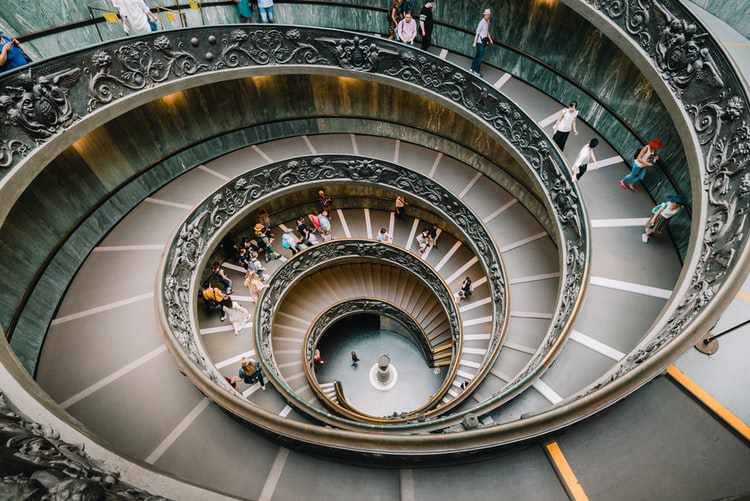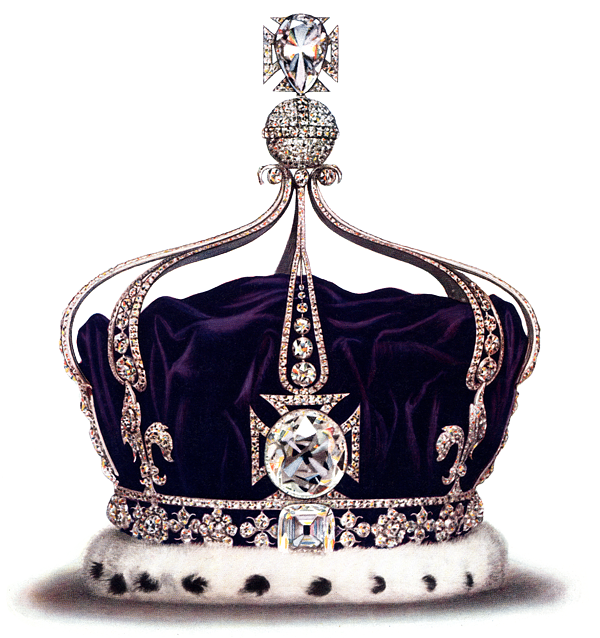
On that day in mid-June, in a "state of heightened reality," with all the other elements of the painting in place, Van Gogh threw himself into the painting of the stars, producing, "a night sky unlike any other the world had ever seen with ordinary eyes." write biographers Naifeh and Smith in 2011. He painted this magnum opus when he was 36, just a year before he committed suicide.
Around the same time and not so far away Claude Debussy was polishing his first draft of "Clair de lune" in D major, which means moonlight in French. Its 3rd and 4th movement's inspiration is a French poem by Paul Verlaine.
"Your soul is a chosen landscape
Where charming masquerades and dancers are promenading,
Playing the lute and dancing, and almost
Sad beneath their fantastic disguises.
While singing in a minor key
Of victorious love, and the pleasant life
They seem not to believe in their own happiness
And their song blends with the light of the moon,
With the sad and beautiful light of the moon,
Which sets the birds in the trees dreaming,
And makes the fountains sob with ecstasy,
The slender water streams among the marble statues."
Let us go back by 100 odd years, circa 1771-ish. A certain young man by a middle name Amadeus was enthralling the public by offering twelve variations of a popular French folk song "Ah vous dirai-je, Maman".

No, we don't need to understand French or the staff notation. A listening ear would do!
The full version is here, courtesy Magdalena Stern-Baczewska.
A mother-tune to many children's song, let us stick ourselves to the most popular one, Jane Taylor's 'Twinkle, twinkle, little star." (1806).
Allow yourself a small deviation from the popular tune to listen to this angelic rendition of the lyrics by an unknown singer.
Around the first decade of the 19th century a musical moon-landing happened by Beethoven whose The Piano Sonata No.14 "Quasi Una Fantasia" Opus 27 No.2 more popularly known as Moonlight Sonata mesmerized the audience.
"The name Moonlight Sonata comes from remarks made by the German music critic and poet Ludwig Rellstab. In 1832, five years after Beethoven's death, Rellstab likened the effect of the first movement to that of moonlight shining upon Lake Lucerne." (Wikipedia)
Valentina Lisitsa brings that sublime sonata for you here.
Meanwhile, our twinkling star has got multiple avatars.
If Mozart can tweak a French folk song, would Lewis Carrol be far behind. He parodies it for Mad Hatter in chapter 7 of Alice's Adventures in Wonderland.
Twinkle, twinkle, little bat!
How I wonder what you're at!
Up above the world you fly,
Like a tea tray in the sky

Mr. Spock's Music from Outer Space has an answer and many questions to ponder.
Tipping her hat to Roald Dahl, Kate Toms' lively hand-stitched illustrations, together with gentle humor and charming rhymes engage and amuse little readers, babies and adults alike. Sample this read aloud version.
But, it is high time somebody makes the nursery rhyme astronomically correct. Popular YouTuber Minute Physics converts an SMBC comics to achieve that.
Smithsonian Magazine reviews it as:
In the video above, Astronomically Correct Twinkle Twinkle, a trio of science aficionados took it upon themselves to update the classic nursery rhyme for the post-Space Race era.
Written by Minute Physics' Henry Reich and Saturday Morning Breakfast Cereal's Zach Weinersmith and animated by Chris Jones, the song keeps the rhyme and rhythm of the childhood favorite but updates it with modern science and a healthy dose of charm.
There's a heaping dose of rather complicated science bundled up in the song's lyrics, however. So if you do plan to teach this one to the kids, make sure you set some extra time aside to talk about the Doppler effect, stellar decay and the maybe-not-kid-friendly concept of the event horizon.
To complete where Minute Physics left, AsapScience did a Lady Gaga to tell how a star is born!
Clouds of gasses joined Gravity will start to fill the void Hydrogen to fuse Making helium which then exudes Energy Oh pushing outward against the force of gravity For years And shining brightly up here in space
What will I become? A red dwarf is the common one Or will I be huge? Fusing elements with magnitude I’m glowing, Billions of years and my fire’s still burning,
Core change; Until my fuel source is all used up Keep up that fusion Hydrogen to helium The energy out’s profound Elements rising Core destabilizing A star is born from the clouds
In the star, star glow In the star glow, in the star glow In the star, star glow We’ll shine with a star glow now
I’m supernovae Watch as I explode I can’t support my mass Violently glowing Energy blowing All back to a cloud of dust
In the star, star glow In the star glow, in the star glow We’ll shine with a star glow now
The story of stars and galaxies has never found a passionate raconteur as Carl Sagan.
The events in one star can influence a world halfway across the galaxy and a billion years in the future… But from a planet orbiting a star in a distant globular cluster, a still more glorious dawn awaits — not a sunrise, but a galaxy-rise; a morning filled with four hundred billion suns — the rising of the Milky Way… From such a world… it would be clear, as it is beginning to be clear in our world, that we are made by the atoms and the stars, that our matter and our form are determined by the cosmos by which we are a part.
Symphony of Science featuring the who's who of master storytellers brings a curtain closer (or a curtain raiser for incurable curiosity!)





















Write a comment ...